Baader-Meinhof & William Golding
There is a thing called the The Baader-Meinhof phenomenon. It’s actually a term for 'frequency illusion', a type of cognitive bias your mind creates.
Basically, when you learn something new, or are interested in a particular subject, it stays fresh in your mind - you're paying more attention to it than other things. Because of this, you see it more often when going about your daily life.
I’m not sure about other people, but this definitely applies to me when it comes to wooden boats. I can be reading a piece which I believe is going to be completely unrelated to anything maritime and BANG! There it is, another interesting reference to the hows and whys of wooden boat sailing.
One such example occurred to me recently when I was referred to an article in the Guardian by Robert Mc Crum. I have always been fascinated by Golding’s 25 million copy, best seller “Lord of the Flies”.
It’s first in-house reader, a Miss Perkins, famously dismissed it as an "absurd and uninteresting fantasy about the explosion of an atom bomb on the Colonies. A group of children who land in jungle country near New Guinea. Rubbish & dull. Pointless."
Ever since I was the age of Piggy, Jack and Ralph, I have always wondered how I would have behaved on that deserted Island, and whose tribe I would have joined. But I had never fully realised Golding’s debilitating insecurities and how old wooden boats, (initially a Whitstable oyster smack named WILD ROSE), played a significant role in managing them.
Robert McCrum writes…
Lyn Weeks, a family friend who took the pictures, remembers an idyllic sailing holiday along the south coast, rowing ashore to drink at Buckler's Hard, and listening to Golding, a gifted amateur pianist, sight-reading Schubert, Beethoven and Chopin on the pub piano. This was a golden moment.
“It was at sea, aboard the WILD ROSE, that Golding could escape the demons of class, inferiority and what we might now call post-traumatic stress that haunted him all his life.
“He loved the sea," says Judy his daughter "He was a very good sailor, but he took tremendous risks. I always found it terrifying." She laughs. "It's a miracle we're all still here."
Golding aboard WILD ROSE
In 1966, Golding traded the WILD ROSE for a bigger, better boat, the TENACE : a Dutch racer known as a hoogart, a gaff-rigged cutter with beautiful russet auburn sails that Golding likened to "a double bass". Judy remembers it as "a lovely boat, slightly oversized and varnished, with winches and lee boards. It could sleep eight or nine."
Golding loved this boat, boasting in a Guardian article of its "bowsprit that can be cocked up to 45 degrees and gives her the air of dating from the 17th century".
On 13 July 1967 he put to sea with his family to sail to France. "It was 10 or 11 in the morning," Judy goes on, "and we were sailing with quite a good breeze in thick fog." Suddenly, out of the murk, towering above them, came the prow of a Japanese freighter. Golding steered to avoid a head-on collision, but the two vessels collided, and the TENACE began to sink. After several minutes of terror on the sea, Golding and his family were rescued, but his pride and joy, the TENACE, was lost. In a sense, Golding went down with his ship.”
Robert McCrum
I understand that our connections with the craft we sail are probably more emotional than grown men and women are happy to admit to, however we see in William Golding a undoubted genius whose self-esteem was inextricably linked to the wooden craft he sailed.
In case you missed it…here’s that link again. It’s worth the read.
theguardian.com/books/2012/mar/11/william-golding-crisis
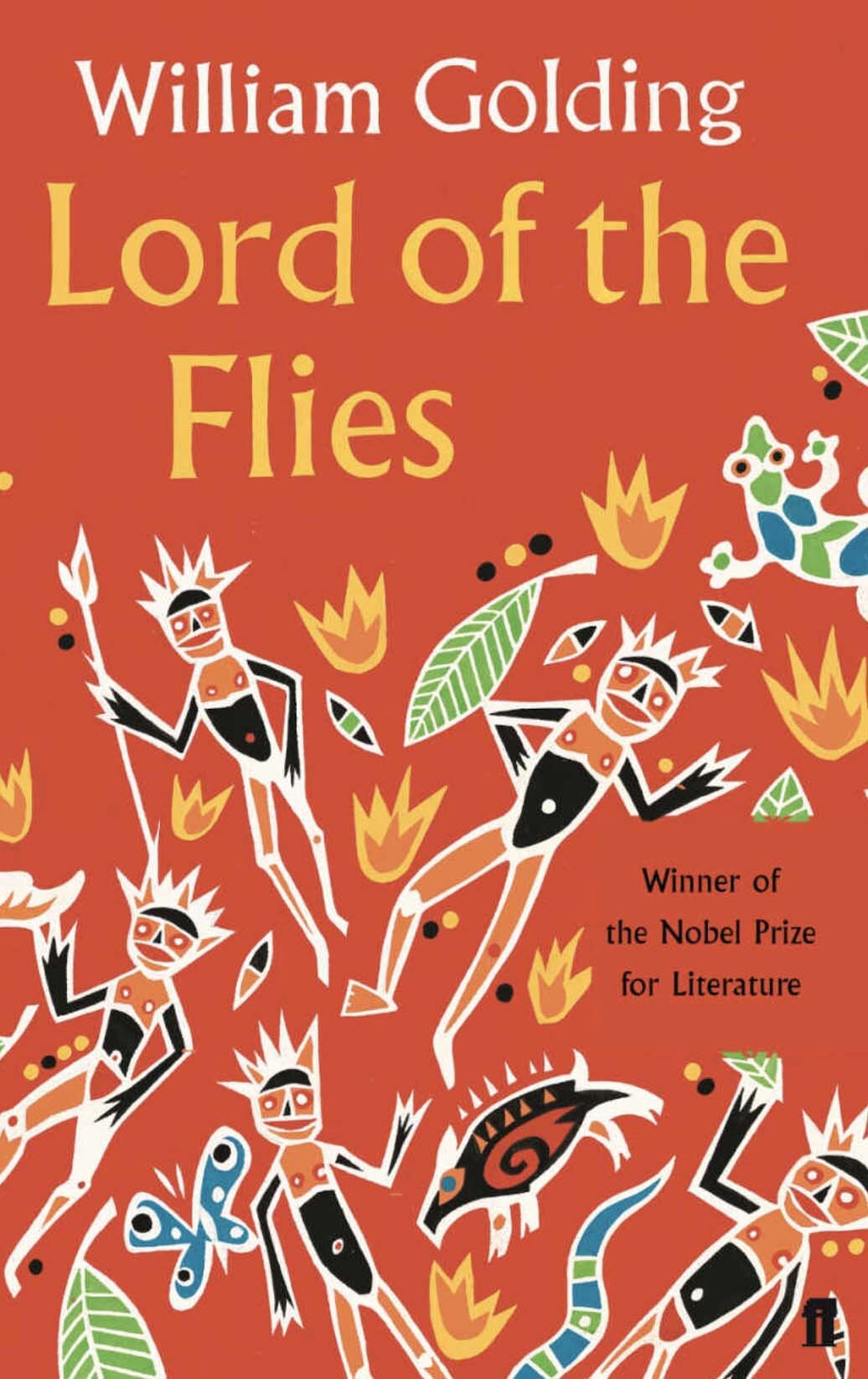
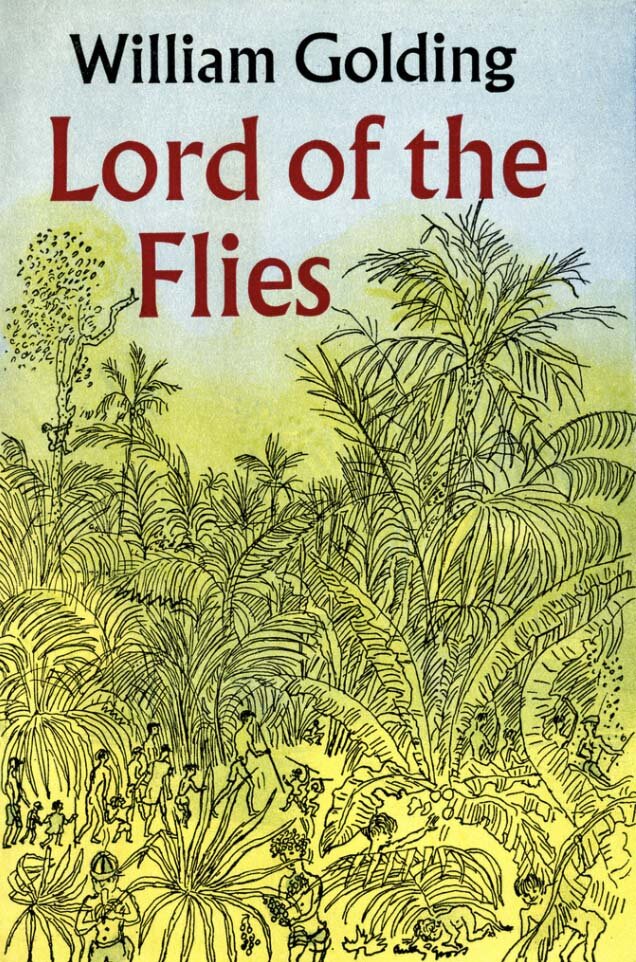
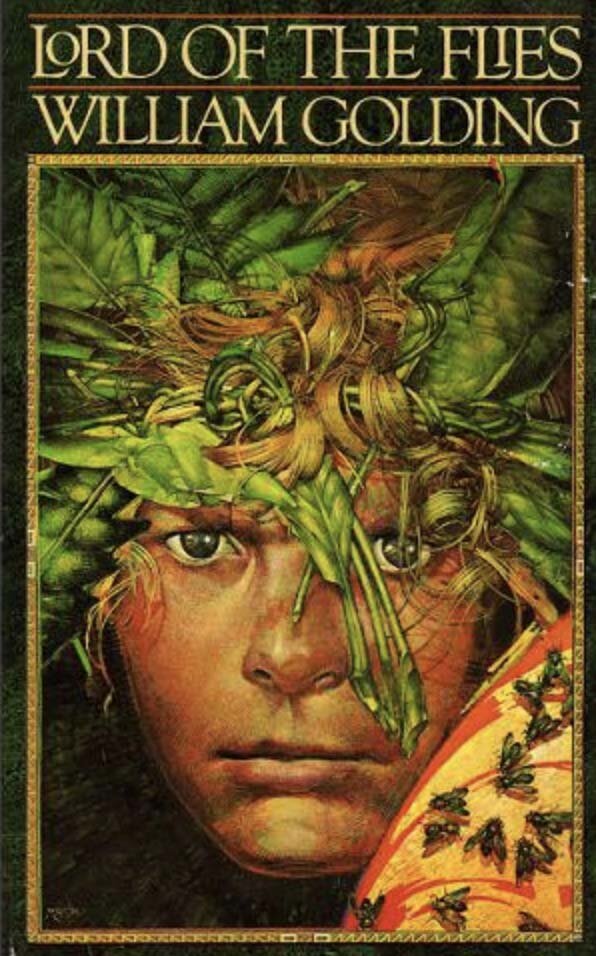
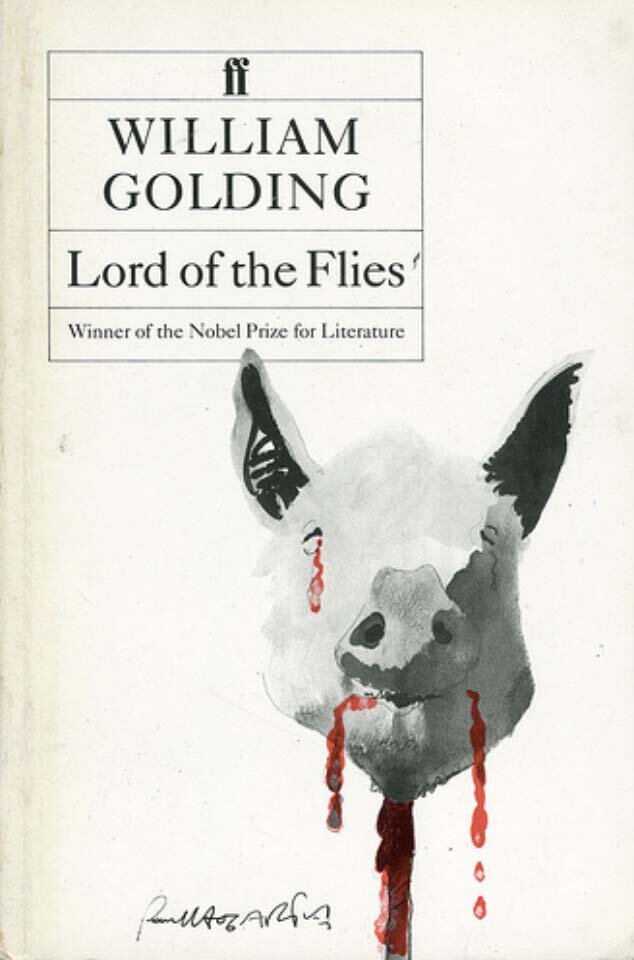
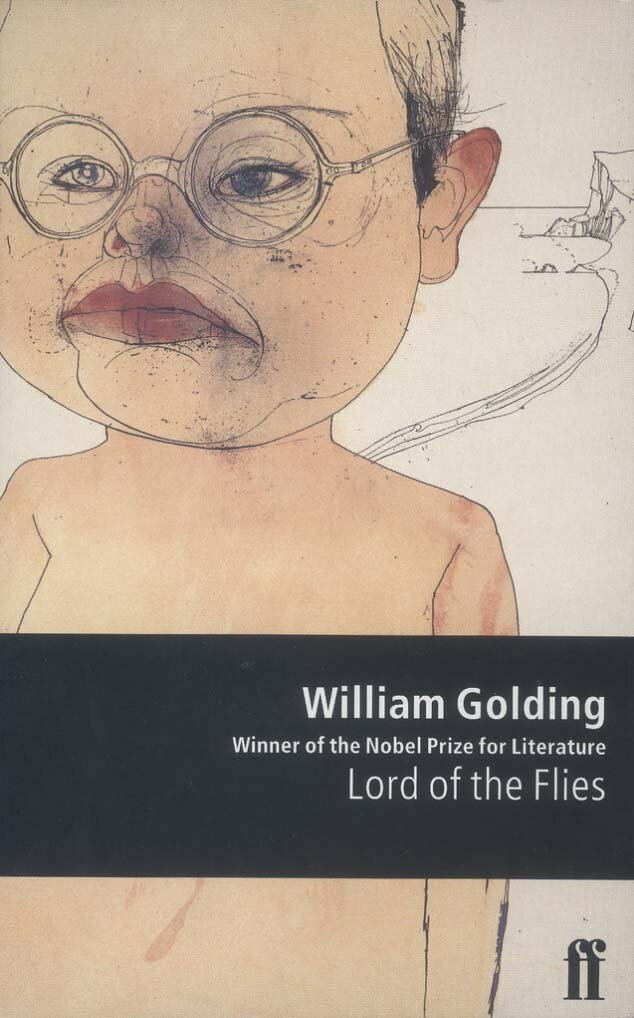
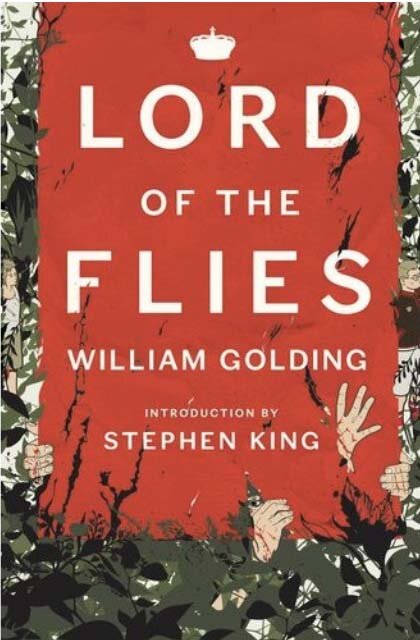
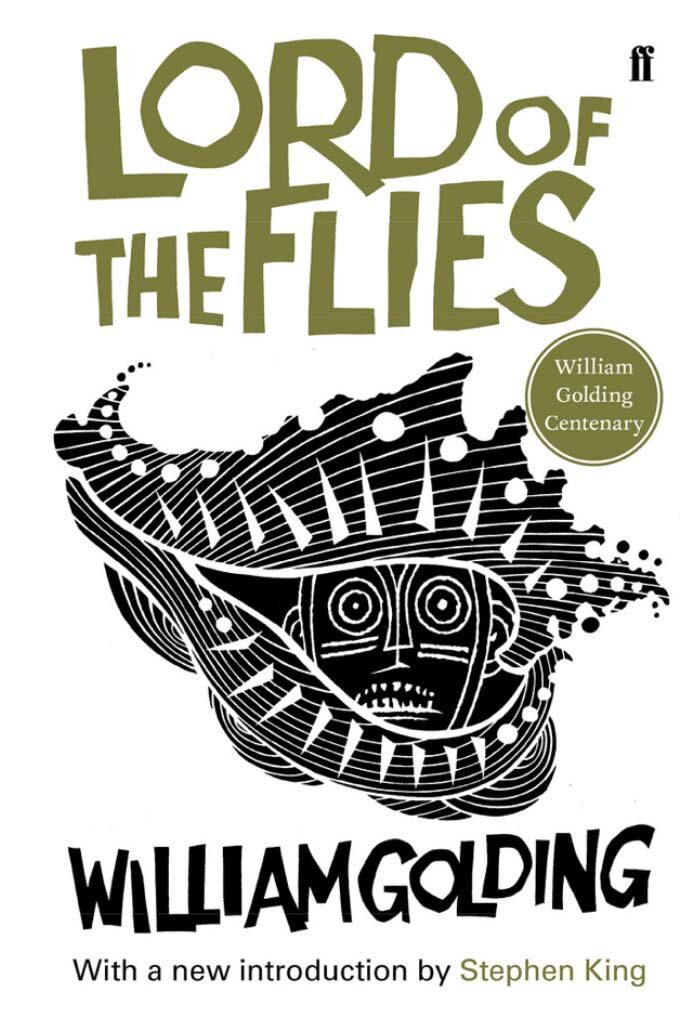
And on a different but related matter…. While reading some background around this article I found this anthology of covers of “Lord of the Flies”. I find it fascinating how each visual interpretation of the novel reflects the era in which that particular edition was published!
EDITOR // Mark Chew


